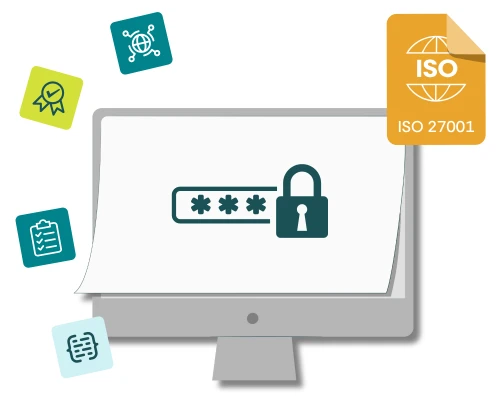Helpful guides for you
At CertiKit, we understand that complying to a standard or regulation can be a daunting task, which is why we've put together some helpful guidance pages to help you navigate the process more easily.
Showing 11 Resources
ISO27001 Guide
Learn more about the ISO27001:2022 standard and how to successfully implement an Information Security Management System.
ISO27701 Guide
Learn more about implementing the ISO27701:2019 standard for a Privacy Information Management System.
NIST Cybersecurity Framework Guide
Learn more about complying to the NIST Cybersecurity Framework 2.0.
Cyber Essentials Guide
Learn more about the five controls of the UK Cyber Essentials scheme and how to become certified.
ISO22301 Guide
Learn more about the ISO22301:2019 standard and how to implement a Business Continuity Management System into your organisation.
ISO9001 Guide
Learn more about the ISO9001:2015 standard and the key steps to implementing a Quality Management System.
ISO14001 Guide
Learn more about the ISO14001:2015 standard and how to implement an Environmental Management System into your organisation.
ISO45001 Guide
Learn more about the ISO45001:2018 standard for an Occupational Health and Safety Management System.
ISO20000 Guide
Learn more about the ISO20000:2018 standard and how to successfully implement an IT Service Management System.
EU GDPR Guide
Learn more about complying to the EU General Data Protection Regulation.
UK Data Protection Guide (UK GDPR)
Learn more about complying to the UK GDPR and UK Data Protection Regulations.




